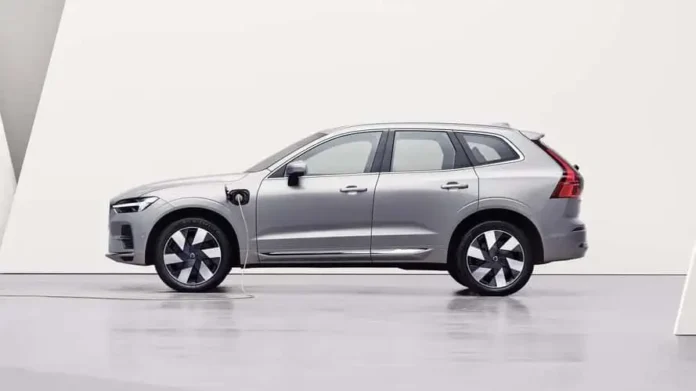Introduction to Tesla’s Supercharger Challenges
Remember the viral video of two individuals arguing over a supercharger stall? It’s a scene that underscores a growing issue among electric vehicle (EV) drivers. As more automakers are granted access to Tesla’s charging network, conflicts at superchagers seem to be on the rise due to complications like short cable lengths and inconsistent charge port placements.

The Launch of Virtual Queueing
Tesla is aware of this pressing issue and has responded by announcing a virtual supercharger queue pilot, which is set to launch this week. Max de Zegher, Tesla’s director of charging, confirmed on social media that internal tests were conducted to address potential problems, such as line cutters and idle fees. The aim is to create a seamless charging experience for all users.
Pressure testing virtual queuing with the awesome @TeslaCharging teams, including for corner cases & bad actors. Public pilots next. If we get this right, it will be a big improvement for those rare cases with a wait. https://t.co/mxpFarYgJi pic.twitter.com/IgVVH2wiOe
— Max (@MdeZegher) June 26, 2025
Virtual queuing pilots starting in Q2 at select sites. Goal is a net customer experience improvement for the ~1% cases of a wait time. Wider rollout this year if feedback is positive. We also continue to expand the network 20%+ year-over-year, closely tracking site-level demand.
— Tesla Charging (@TeslaCharging) February 19, 2025
Managing Supercharger Access Effectively
The virtual queue system operates similarly to a “take a number” system. It is designed to reduce conflicts and enhance order at busy charging stations. Additionally, Tesla may leverage its access to navigation and traffic data to prioritize supercharger access based on the routing of its vehicles. While detailed specifics on this queuing mechanism are still forthcoming, it highlights Tesla’s commitment to improving customer experience.
Ultimately, if Tesla can successfully implement this virtual queuing system, it could lead to a smoother charging process for all EV drivers. This innovation not only aims to solve the immediate issues related to congestion and conflict at superchargers but might also enhance the overall efficiency of the EV charging network.



